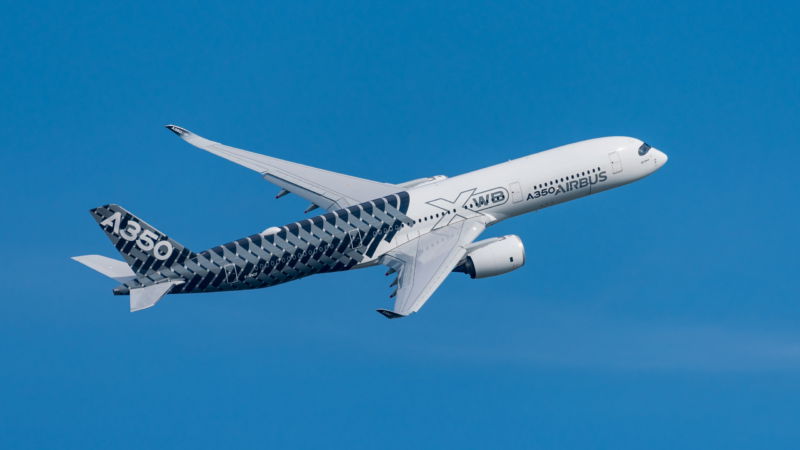EASA Says Single-Pilot Operations Not Possible By 2030

It’s no secret that airlines are looking to find ways to reduce the cost of crew operations, as well as ease flight crew labor shortages. Besides more traditional cost saving measures, some carriers are banking on the advances in automation to one day potentially reduce flight deck operations to a single pilot.
Aerospace companies have already entered the early research phases, studying ways to simplify flows and build system functionality in order to allow airplanes to be operated with just one pilot in limited circumstances. Support for single-pilot ops has grown significantly, with over 40 countries requesting that aviation organizations draft new policies to enable development and implementation of this new technology.
However Europe’s aviation regulator has pushed back, saying that automation is not advanced enough to allow for serious consideration just yet. The European Union Aviation Safety Agency (EASA) said that total single-pilot operations by 2030 was “absolutely not realistic” due to the fact that automation has not advanced enough to match that required to meet current requirements for safe operations.
Limited single-pilot operations being considered
With that said, EASA’s manager Andrea Boiardi said that both Airbus and Dassault Aviation have proposed an idea to allow single-pilot operations during the cruise phase only, when workload is much lighter versus during takeoff, climb, descent and landing.
This proposal opens the door to possibly reducing the number of pilots needed on long haul flights. Instead of having three or four pilots on any flight, that number could be reduced to two. This would mean that pilots could use the crew area at alternate times, allowing them both to properly rest themselves before starting the descent phase of the flight.
Boiardi also added that that proposal included limitations on pilots with medical conditions, or on those who do not possess enough hours on the relevant aircraft type to operate in a solo environment. He also added that he only foresees this type of tech being implemented on more advanced aircraft such as the Airbus A350, Boeing 787 and Boeing 777X.
When could we see this?
The EASA is now saying that this proposed idea could possibly be implemented as early as 2027, and even though the study did not factor in whether flights were for passenger or cargo transport, it would most likely be implemented on cargo flights given possible resistance from the traveling public.
What do pilots think about this?
From a Bloomberg report, one pilot union has referenced emergency cases where having two pilots made the critical difference between avoiding tragedy. Mention was made of Air France flight 447 which crashed off the Brazilian coast.
Tony Lucas, an Airbus A330 captain and president of the Australian and International Pilots Association, felt that emergency situations could potentially overwhelm single pilots, leading to the situation spiraling out of control well before help comes from the other resting crew member.
In a paper presented to the International Civil Aviation Organization (ICAO), the International Federation of Air Line Pilots’ Associations said that it was critical to have two crew members in the cockpit, referencing the famous US Airways crash, where both Captain Chesley Sullenberger, and first officer Jeffrey Skiles, safely ditched their Airbus A320 in the Hudson river following a bird strike and dual engine failure.
Other organizations mentioned that there could be a major impact on areas such as in-flight mentoring and training, mental health and medical requirements.



